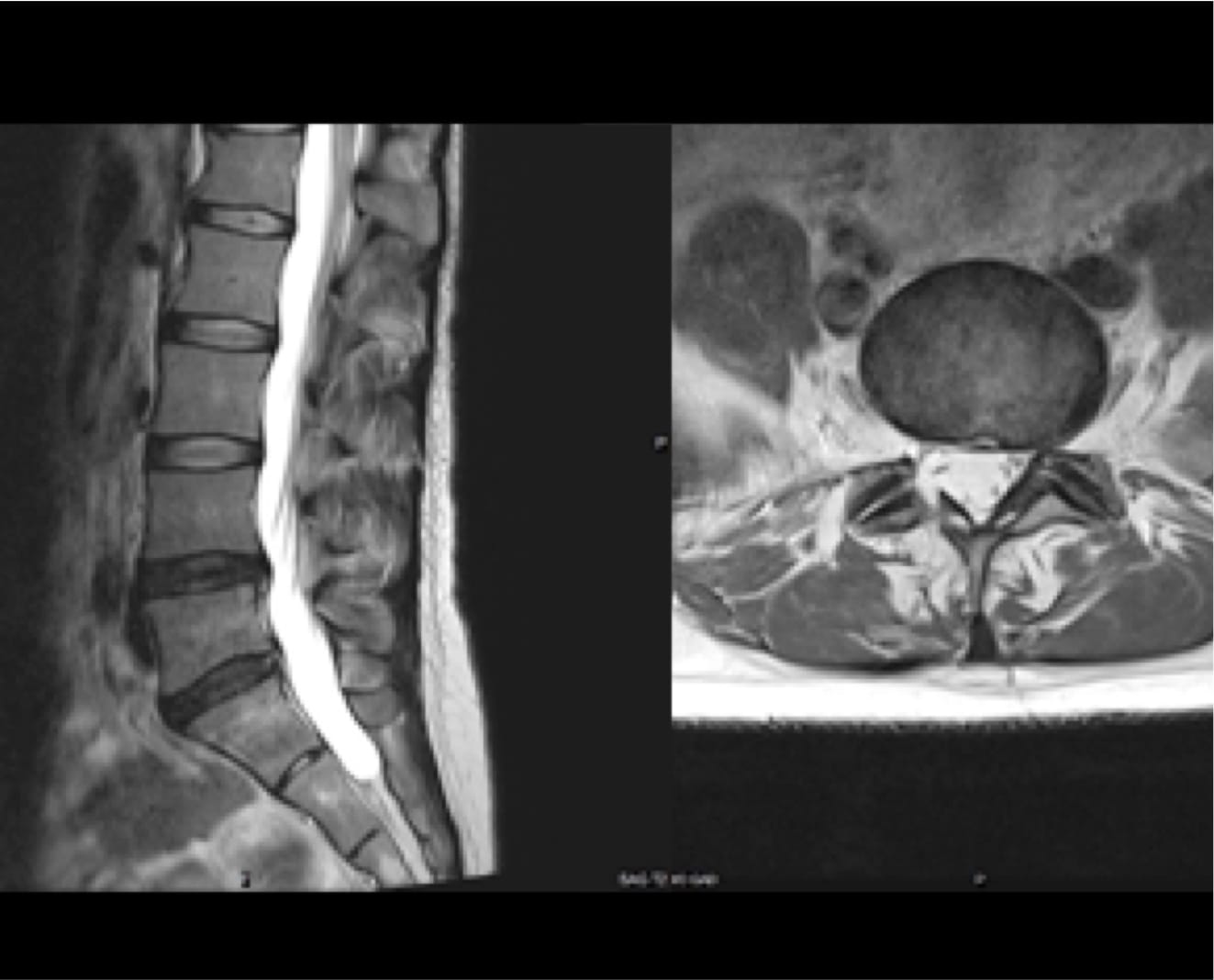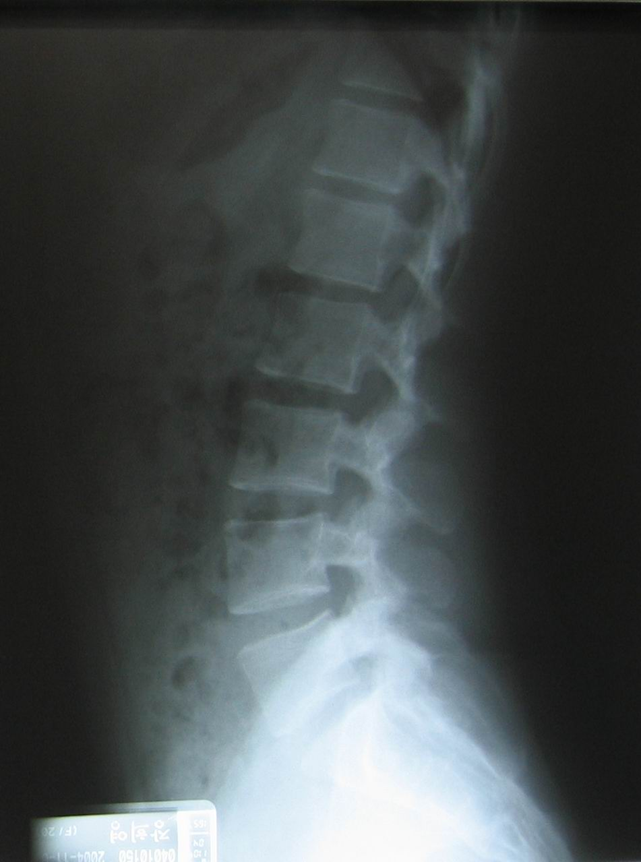


Nucleus Pulpsoes Is an oval shaped hydrated gelatinous material contained within a ring of collagen fibres and contains mostly type II collagen which is elastic in nature and usually found in tissues that are exposed to pressure (2, 13).Īnnular Disc Tear This is when a tear or fisure occurs within one or more layers of the annulus fibrosus and most are asymptomatic. The endplates are situated superiorly and inferiorly in every disc and cover the whole length of the nucleus pulposus, but do not cover the entire extent of the anulus fibosus (2). Vertebral Endplates (EPs) EPs are cartilaginous structures that are stongly attached to the intervertebral disc (IVD) via the annulus fibrosus but weakly attached to the vertebral bodies (2, 12). This makes the area of the AF more susceptible to injury at the lumbar intervertebral disc, especially if torsional (rotational) forces are applied. The AF of the lumbar spine IVDs are at their thinnest posteriorly by only having half the thickness of the anterior and lateral aspects of the annulus as there are fewer, finer and more tightly packed collagen fibers (lamellae) (2, 13). The posterolateral aspect of the annulus fibrosus has a greater content of vertically oriented fibers which weakens the disc tissue and explains why most tears or annular fissures occur at this particular region of a disc (19). The directions of the layers of the annulus fibrosus alternate which adds to the strength of the annulus fibrosus. These are arranged and positioned in onion like rings around the central nucleus pulposus and the alternating alignment of fibers within the layers account for its strength and its ability to withstand the forces applied to the disc in all directions (2, 13). Instead, spine shrinkage and the development of disc herniations are more commonly caused from the repetitive motions of forward spinal bending (flexion) and rotation (torsion) (8, 26).Īnnulus Fibrosus (AF) The AF is the primary load-bearing component of the IVD and is composed of collagen fibers which are tightly arranged in 10-20 sheets of lamellae (2, 5). Biomechanical studies, (studies that analyse movement during activity) have mainly found that injury to a disc rarely occurs via axial compression alone (or spinal compression which causes shortening along the spine curvature) (8, 21). Disc herniations can be as a result of of a sudden injury to the structure such as a trauma, progressive degenerative changes or from repetitive stress from certain activities at work or during exercise (9, 22). Or, the nucleus pulposus (the jelly like center of the disc) (22). The classification of the herniated disc depends on either the annulus fibrosus (AF), the disc's outer and tougher covering. The term herniation is a broadly used term to describe the displacement of focalised intervertebral disc material which is beyond the limits of the disc's space (13, 18). Intervertebral discs can, however, wear, split or herniate (bulge outwards).

The familiar term 'slipped disc' is generally a misnomer to describe a herniated disc and fortunately for us, discs found between vertebrae of the spine are physically unable to 'slip out of place' as they are firmly attached to these structures.


 0 kommentar(er)
0 kommentar(er)
